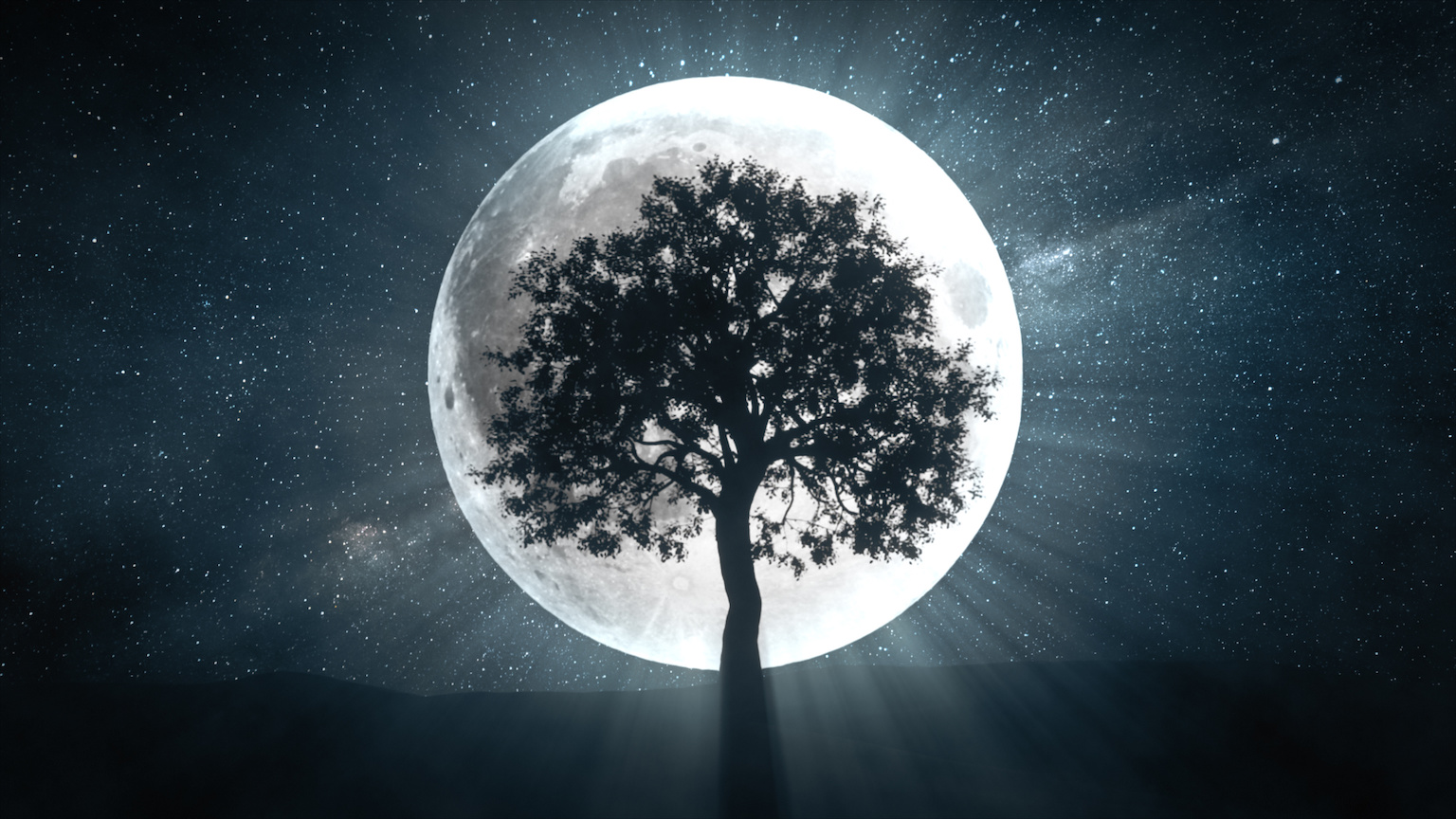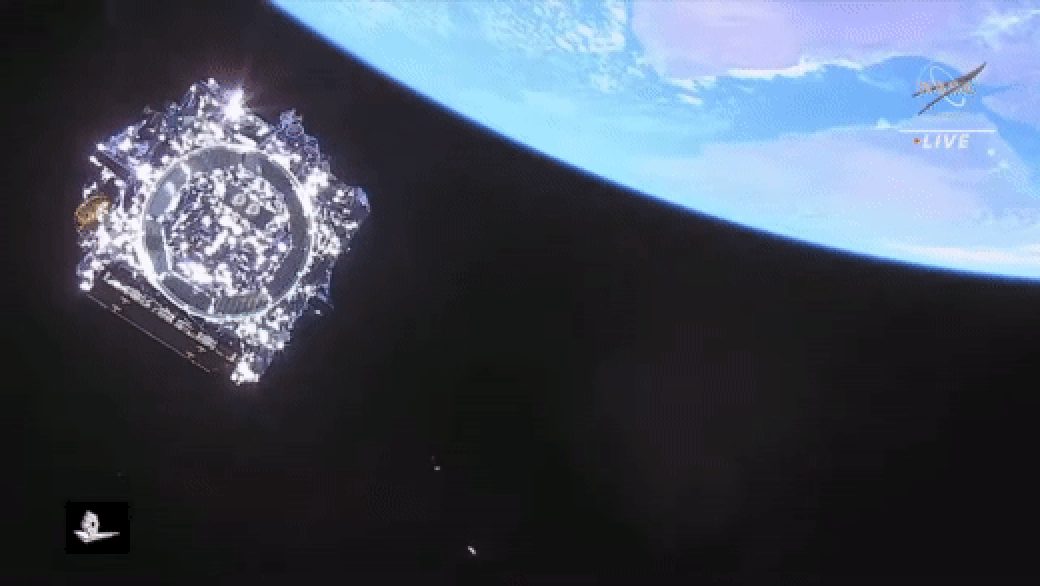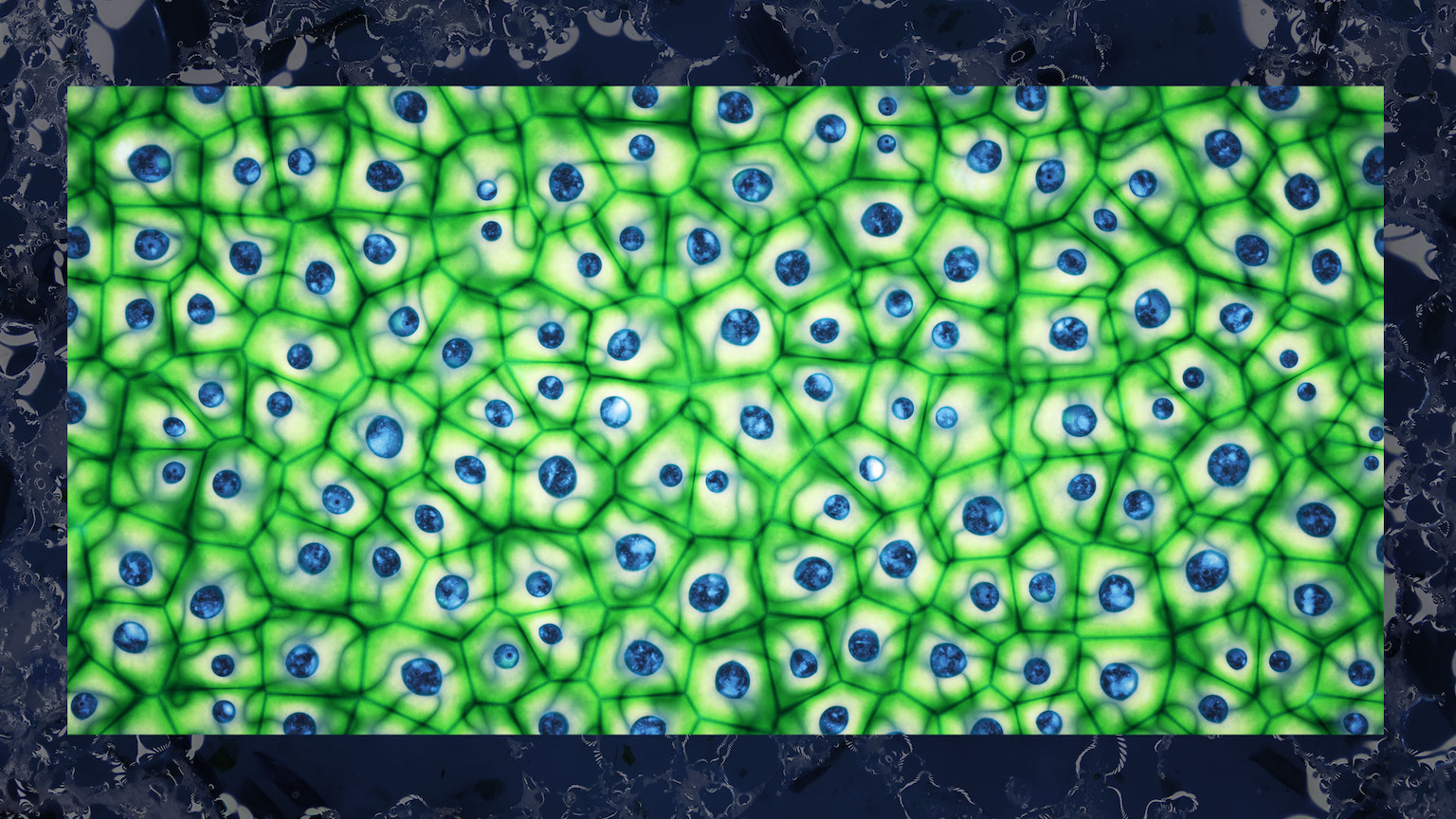From first stars to life: the James Webb story to be told

- After some serious nail-biting, the James Webb Space Telescope has successfully launched, and its huge golden mirror is fully deployed.
- The telescope is a bridge between the origin of the first stars and the possibility of life elsewhere.
- If successful, it may answer the age-old question of whether we are alone in the universe.
Okay, we can now all breathe: the James Webb Space Telescope (JWST) was launched successfully and recently opened its 18-component, 6.4-meter, telescopic golden eye and sun-shield flawlessly. All major deployments are now complete. This enormous technological accomplishment should be celebrated with lots of fanfare. Hurray to science and international scientific collaborations!
Decades in the making, the $10-billion machine has a spectacular mission ahead, starting hopefully this summer: to tell the story of our origins in the Universe’s distant past and relate it to other potential stories — perhaps of other creatures across the galaxy.
We are star stuff
Let’s pause for a second to unpack the previous sentence. To tell our story, that is, the story of life on Earth, we must look back in time, connecting us to the story of the Universe itself. Why is that? Because, as Carl Sagan famously noted, we are stardust — aggregates of atoms forged in dying stars billions of years ago, before the solar system originated. And those stars, the sources of our ancestral stuff, were themselves forged by other dying stars, in a cosmic bootstrap dance of creation and destruction that links all existing stars to the very first ones, the ones the JWST will look at, that emerged only about 100 million years after the Big Bang.
That means that stars, like people and all kinds of life, have ancestry too. And just as we can build our family tree by looking at our ancestors, astronomers can reconstruct the evolution of stars in the Universe by looking at the very first stars and how they evolved and exploded, their demise giving rise to new stars that lived and died to generate a new crop of stars and so on. So, to look back at the first stars is to do a kind of cosmic archaeology, unveiling the seeds that eventually made stars like the Sun (and others) possible — that is, stars that can have a court of planets orbiting them (many do, we now know), with some of them in what we call the star’s “habitable zone,” the region not too far (for it would be too cold) and not too close (for it would be too hot and with too much bad radiation) from the star in order for water to be liquid.
This connectivity between past and present is essential to understand life in the Universe. As the JWST looks back, it will also be looking at those planets that orbit stars in their habitable zones to do something extraordinary: map out the chemical composition of their atmospheres to seek molecules that are what we call “biosignatures,” those that are usually linked to the presence of life. (For those of you who like to read novels, I strongly recommend Pulitzer Prize winner Richard Powers’ latest, Bewilderment, an absolutely brilliant depiction of the science of astrobiology with that deep humanity that is Powers’ unique trademark.)
Life happens
This brings us to another spectacular lesson from the science of astrobiology that people should take note of, something my past graduate student Sara Walker eloquently stated once: Life is not only happening on a planet; life happens to a planet, in the sense that life’s presence changes the planet’s global properties in many different ways, including its atmospheric composition. This means that if we want to find life on another world, we do not necessarily need to go there, a feat that is prohibitively difficult with our current slow spacecraft. We can point our telescopes to those worlds and use a spectroscope to analyze their atmospheric composition. Although finding, say, water, CO2, oxygen, and methane (CH4) are not a sure guarantee of life, finding ozone (O3) pretty much would be, as well as other rarer and harder to find compounds (like chlorophyll).
So, this remarkable telescope will look both at the distant origins of life — the stars that cooked up other stars that cooked up other stars that cooked up the elements of life — and at signs of life itself in other worlds, connecting life’s origins with the possibility that we are not alone in the Universe.
What kind of life could be out there is another story. Barring some very clear signal of advanced technology or planetary-scale engineering (what astrobiologists call technosignatures), we will know little details of the life that may exist in these far-away worlds. But just to know that there are strong signals for life elsewhere will have enormous consequences for our understanding of the nature of life and, of course, profound philosophical and existential implications as well.
The greatest discovery of all time
Some say that finding life elsewhere would be the greatest news of all time. I tend to agree, especially if we learn from the discovery how rare and fragile our planet is and how remarkable its properties are for having allowed life to exist here for so long. Life needs time to have a chance to mutate and evolve into creatures that not just wonder about their origins but build machines that go after answers. How amazing that we are now witnessing the dawn of this new era of discovery.





